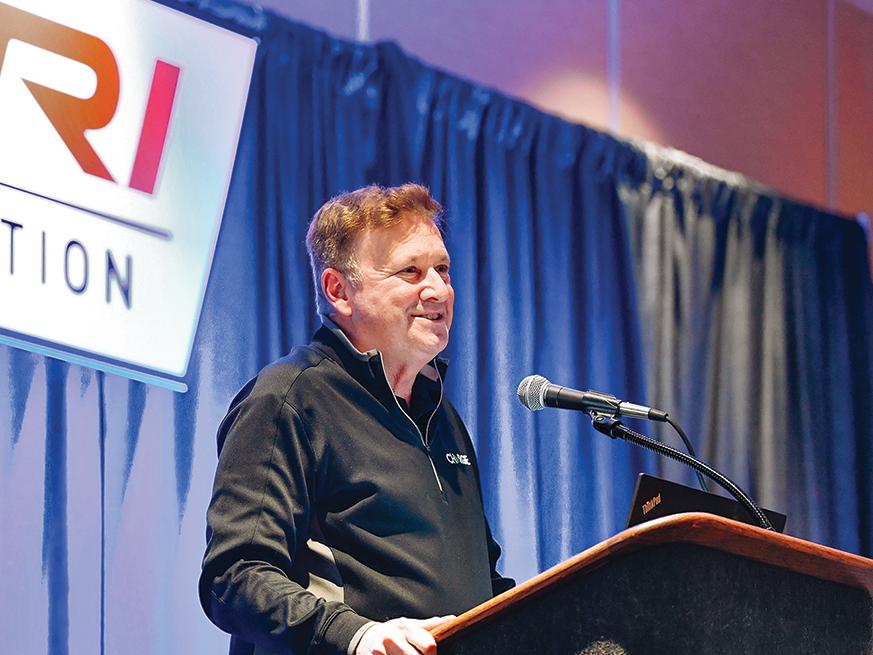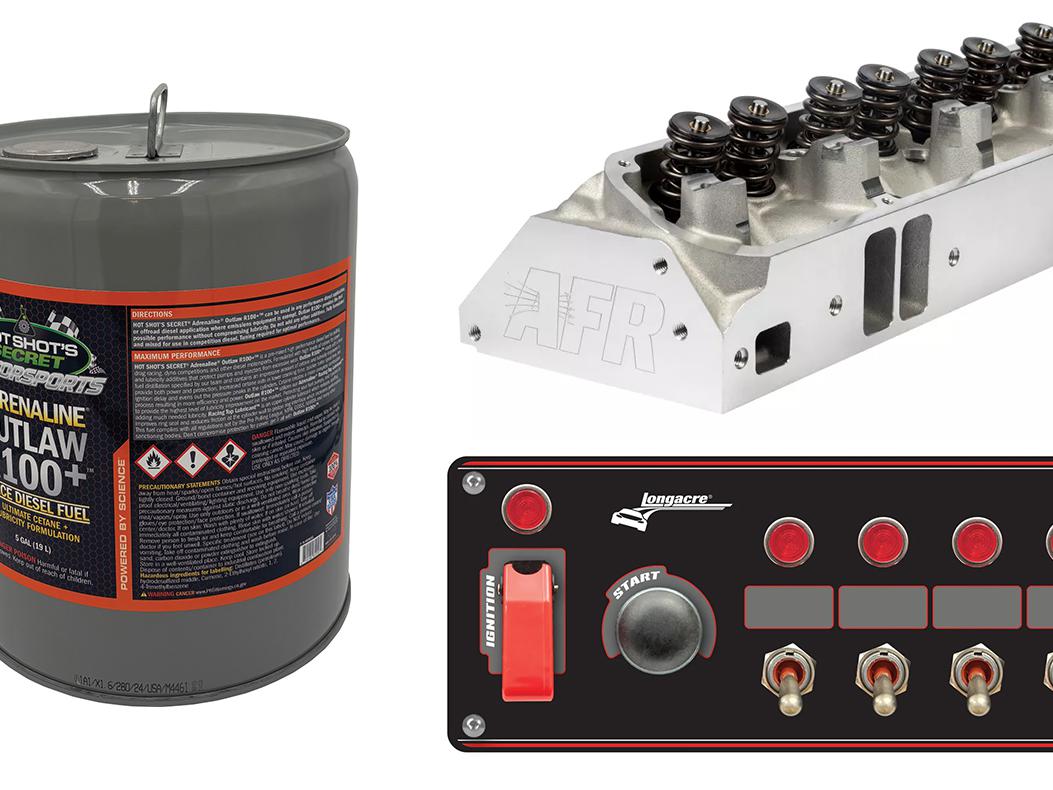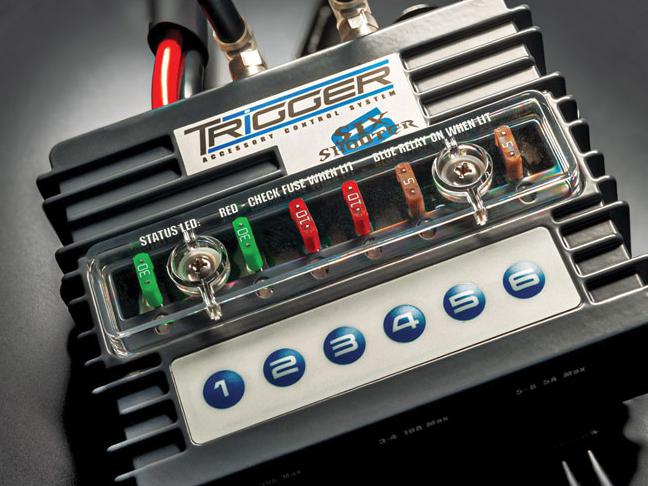Make The Case: Big-Tire vs. Small-Tire Racing
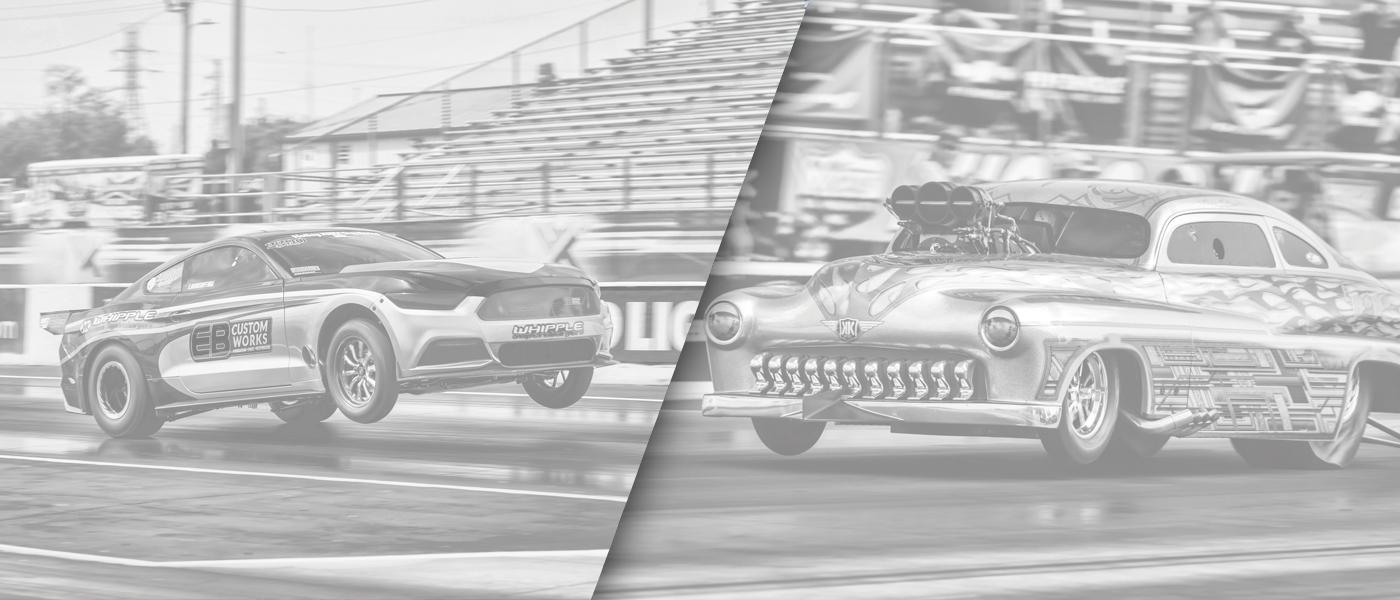
While familiarity and potential costs are often key factors for drag racers that need to choose between the two, there are other important elements within both types of racing that can sway a competitor’s preference toward one format or the other.
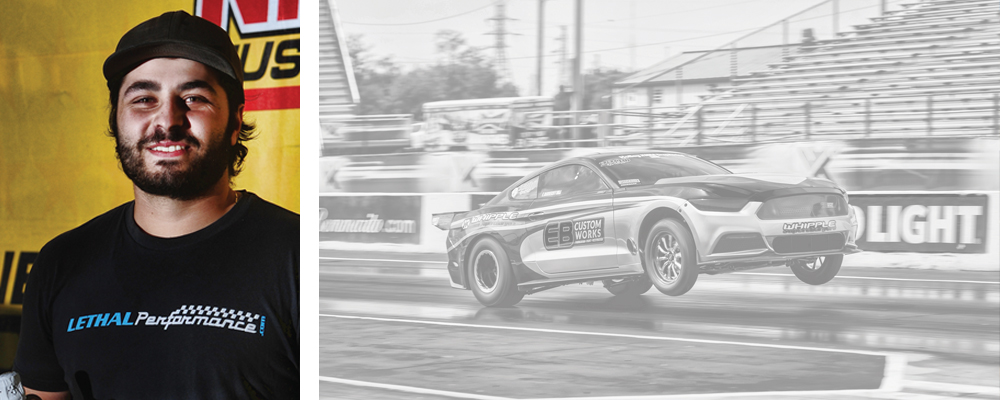
For me, I think it was about what I felt I could do with what I had. I’d built a stock-tub car for Factory Showdown, and that was more or less how it stayed because I could fit a 275 radial under there with no problem. When I built the car there wasn’t that much going on in big-tire racing that really had my attention, and the crossover classes are my biggest thing. I’m not going to back-half a car only to be stuck in one or two classes—it’s just not feasible for us.
I grew up in NHRA running Stock and Super Stock, but we wanted to get into heads-up racing and Factory Showdown really seemed to fit the bill for us. So that’s what we built the car around, and that allowed for a pretty easy transition over to Ultra Street as far as the chassis goes. After that we started paying more attention to radial racing because we felt the car and combination could do pretty well there, too. So along with Ultra Street, we can run in Xtreme Street with the NMCA and Renegade with NMRA. And if I just change the blower, I can run in MPC Real Street, too. I could even dabble in X275 if I wanted to get my face kicked in.
The thing about our team is that we work with what we’ve got—this is not a million-dollar racing program. We don’t have endless amounts of money to throw at things, so it’s more about figuring out how to maximize what we’ve got. That’s not to say I wouldn’t ever compete in big-tire racing, but to do so competitively would require building a whole new car. Being able to run in several different classes in the same car was one of my top priorities when I was building the car because I didn’t want to get pigeon-holed, and I think the crossover classes help to bolster car counts in general.
From a skill and strategy standpoint, I think small-tire and big-tire racing are both very competitive, and each has their own bag of tricks that you have to figure out. Regardless of which one you’re running in, winning comes down to the amount of effort you put in and how effectively you can utilize the data you’re gathering. You can have a car with every sensor imaginable and all of the adjustability in the world, but if you don’t know how to use the data, it’s not going to run competitively in either of them. Whether you’re running in small-tire or big-tire races, it takes a lot of work to find success.
With that said, I think that the radial stuff that’s going on at Cecil County Dragway is probably the best racing in the country, and I think a lot of people would agree with me on that. At a typical Cecil County street car shootout there’s always more than 20 cars in Ultra Street. The competition’s fierce, the track prep is consistent, and most of the teams that show up are there to run in the small-tire classes.
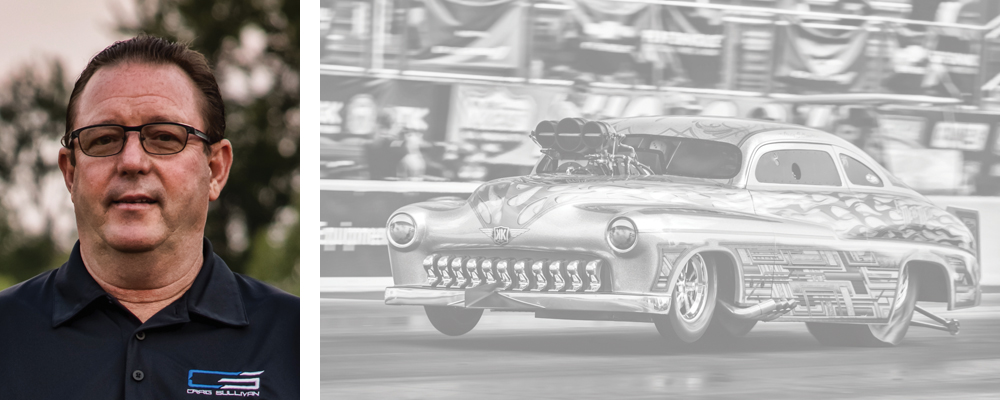
I drive both big- and small-tire cars, but my wallet dictates that I have to own one or the other, so I have a Pro Mod car. Radial Versus the World is just far more expensive, and if you don’t have all of the data that the guys who’re already successful there have, you basically have to have an unlimited checkbook to go test.
The other thing to consider is that on the small-tire side you’ve basically got two different categories: The guys that run Donald’s (Donald “Duck” Long and Duck X Productions) races and everybody else. You can’t take Mark Micke’s car or Nick Agostino’s car and go run at these smaller small-tire events and expect to go as fast as you’d go at Duck’s tracks. Duck pours enough glue on the track so that everyone can set records. Not every promoter can afford to do that, and it’s a factor that affects the setup you need to dial in at these events as well as the amount of data you need to have in order to run competitively.
I think big-tire and small-tire racing are pretty similar in terms of the abuse that the components are subjected to, but you see a lot more incomplete runs in small-tire racing because everyone is out there trying to rotate the Earth and go as fast as they possibly can. Things tend to break more often there as a result, and I think the big-tire cars are generally more forgiving. There’s more gray area to work in, so you’re able to go down the track more times than you would with a small-tire car. That also makes big-tire races better for spectators because they’re going to see more cars go down the track than they would at a small-tire race.
And whether you’re talking about bracket racing, heads-up, no prep, or roll racing, big-tire cars also seem to work better across a wider range of formats. The Mickey Thompson trailer is selling far more big tires than they are small tires at a given event. That’s not to say you’re going to bracket race a Pro Mod, but at the same time you don’t have to make a ton of changes in order for a big-tire car to run competitively in a bunch of different formats. If I go to NMCA, or Mid-West Pro Mod, or an ADRL race, there’s not a ton of changes required to prep the car for a given event because there’s just a lot more traction available than you have with a small-tire car.
 MEMBERSHIP LOGIN
MEMBERSHIP LOGIN JOIN PRI
JOIN PRI
